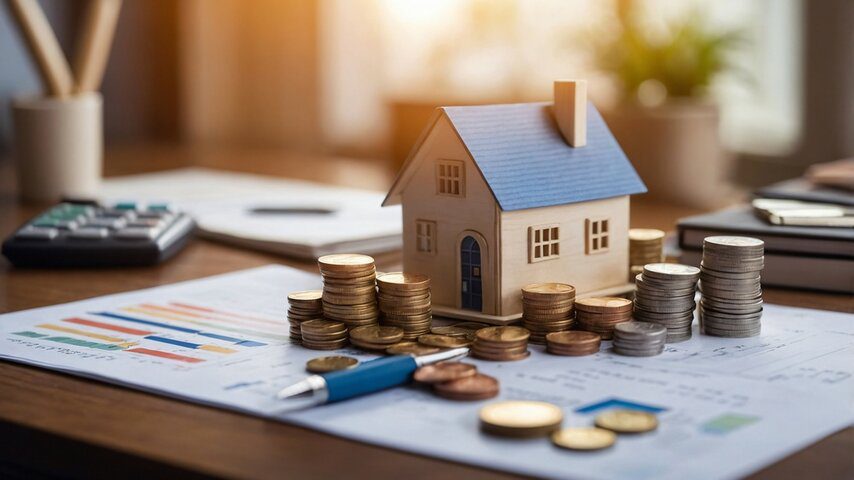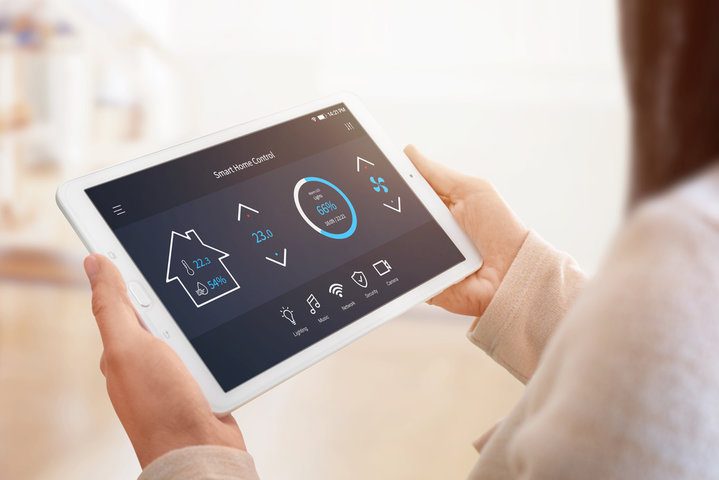LED Retrofits: A Step-by-Step Guide to Upgrading Your Lighting System
In today’s world, energy efficiency is more important than
ever and upgrading your lighting system with LED retrofits
is a smart move for both the environment and your wallet.
LEDs, or light-emitting diodes, are a highly efficient and
durable alternative to traditional lighting systems. This guide
will walk you through the step-by-step process of upgrading
your lighting system with LED retrofits.
Step 1: Assess Your Current Lighting System
Before diving into an LED retrofit, it’s essential to evaluate your existing lighting setup. Here’s what to consider:
- Type of Fixtures: Determine whether you have recessed lighting, troffers, strip lighting, or other fixtures.
- Current Bulbs: Note the type (incandescent, fluorescent, halogen, etc.) and wattage of your existing bulbs.
- Lighting Needs: Identify areas where lighting quality could be improved, such as brightness, color temperature, or uniformity.
- By understanding your current system, you can choose the right LED retrofits that meet your needs.
Step 2: Select the Right LED Products
LED technology offers a wide range of options to suit different requirements. When selecting LED retrofits, consider the following:
- Compatibility: Ensure the LED bulbs or retrofit kits are compatible with your existing fixtures.
- Color Temperature: Choose the right color temperature for your space. For instance, warm white (2700K-3000K) is ideal for living spaces, while cool white (4000K-5000K) suits work environments.
- Lumens: Focus on lumens (brightness) rather than watts to gauge light output.
- Dimmability: If your space uses dimmer switches, opt for dimmable LEDs.
- Certification: Look for Energy Star/DLC certified products to ensure quality and energy savings.
Step 3: Calculate Cost and Savings
Switching to LEDs is an investment, but the long-term savings are significant. Calculate the cost of retrofitting and compare it to potential energy savings:
- Upfront Costs: Factor in the cost of LED bulbs, retrofit kits, and any necessary labor.
- Energy Savings: LEDs use up to 75% less energy than traditional lighting.
- Maintenance Savings: LEDs last significantly longer, reducing replacement costs.
- Return on Investment (ROI): Use online calculators to estimate your payback period.
Step 4: Optimize and Maintain Your Lighting System
After installation, take these steps to maximize your LED retrofit:
- Adjust Settings: Fine-tune dimmers or smart controls for optimal performance.
- Monitor Usage: Track energy consumption to ensure savings align with projections.
- Regular Cleaning: Keep fixtures and bulbs dust-free for maximum brightness.
- Replacement Plan: While LEDs last a long time, have a plan for eventual replacements.
Benefits of LED Retrofits
Upgrading to LEDs offers numerous advantages:
- Energy Efficiency: Save on energy costs with reduced power consumption.
- Enhanced Lighting Quality: Enjoy better color rendering and brightness.
- Durability: LEDs are resistant to shocks, vibrations, and extreme temperatures.
- Eco-Friendly: Reduce your carbon footprint with lower energy use and recyclable materials.
Conclusion
LED retrofits are a practical and impactful way to upgrade your lighting system. By following this step-by-step guide, you can enjoy the benefits of energy efficiency, lower maintenance, and improved lighting quality. Ready to make the switch? Contact us today for expert advice and high-quality LED products that suit your needs.
Light the way to savings and sustainability with LED retrofits!









